Possessing a GPS device can be very empowering. Within a week of our acquiring our Garmin GPS device a few years ago, it had justitifed its cost by getting us out of trouble when we got lost in a field of boulders on a mountain trail in California. Aside from this capability to record tracks on the device and helping with navigation, it is also useful to download the tracks and import them to Google Maps for sharing with others on travel blogs. The device also serves as an odometer letting us know how far we have travelled since we started this morning. All these benefits come at a price. One has to manage the device like a pet making sure it gets its (satellite) feed whenever one is on the move. Recording all milestones using the softkeys available is a frustratingly time consuming exercise and leaves you behind while the others have moved on impatiently. Having to hold it in hand for hours in taxis and buses is a task only for the truly committed. However, this can be alleviated through the use of suction cups which we have bought in copious quantities during this trip.
V has had this device in his possession for more than 7 years faithfully carting it on his person through several trips. Senegal lived up to its reputation by separating it from him within a day of our arrival. Fully aware of the country's tentacular nature, we had taken great care not to have any valuables within reach, stowing them all (wallet, iPhone, camera) deep inside our bags. But the handheld GPS by its very nature is not a creature that lives away from the sky and so V unwisely let it stay in its favorite position on the outside of his bag (where it had spent the past 7 months untouched by alien hands) while everything else went inside. The correct thing to do would have been to hold it in his hand (as its very name suggests!). At least, while venturing into places like the Saint-Louis market. Hindsight is truly 20/20. The pity of it is that the device is an old model with little commercial value. Its buttons are worn out making it difficult for a new user to even operate it. It would be fairly useless to anyone other than V whose fingers have adapted to the device. On the flipside, V can now look forward to the freedom of not having to babysit it anymore. No more firing up recharging of batteries to keep it going.
Saint-Louis (pronounced in the French manner - san louee) has a peculiar geography. Near the point where the Senegal River joins the Atlantic Ocean, it leaves behind a small island tucked between the mainland and a finger-like peninsula. It is this small island that is known as "Ville" (City Center) and of historical interest. It is connected to the mainland by a much photographed bridge designed by the same architect who designed the Eiffel Tower. Saint-Louis was the capital of all of French West Africa in the 19th century before losing it to Dakar. Since then, it fell into decline and never recovered.
The island is so neatly laid out into the rectangular grid street pattern so common in the US that it may well be mistaken for its namesake by the Missouri. But any similarity ends there. All that is left today are decaying colonial buildings and a few hotels and bars. Yet another similarity is with the French Quarter in New Orleans due to the wrought-iron balconies overlooking the street, the grid structure and the annual Jazz Festival. It was an ideal place for us to lay low for a couple of days to recover from our Mauritanian adventure before beginning a new one in Senegal.
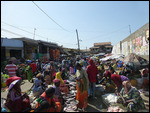

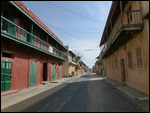
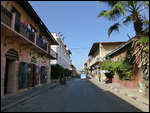
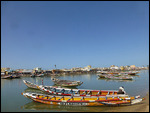
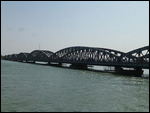


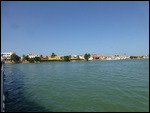
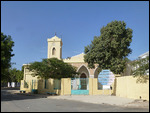
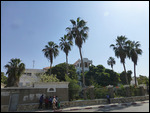

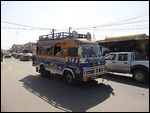

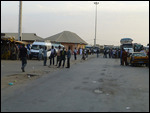



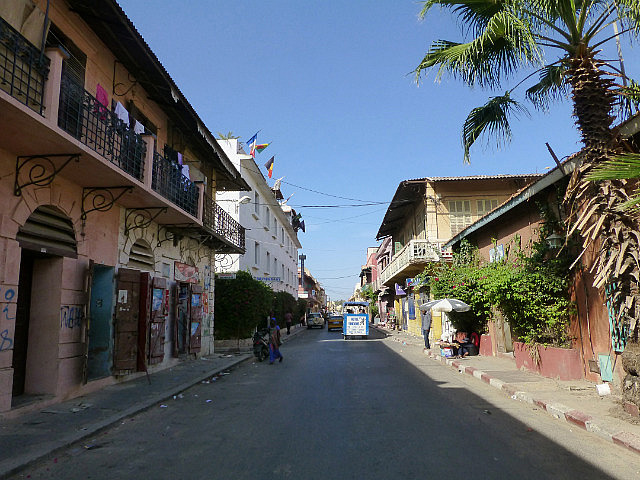
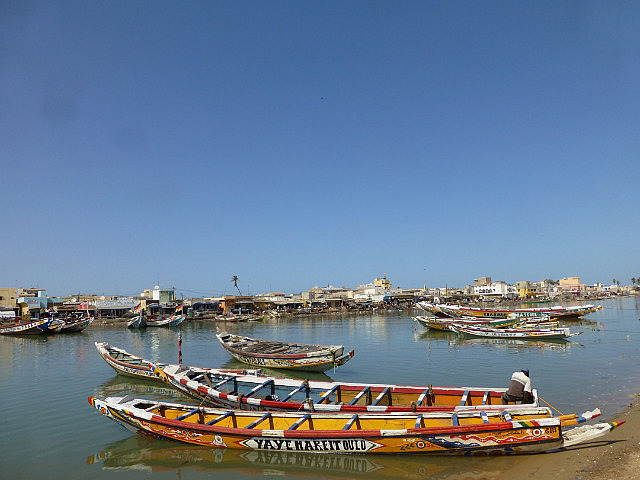









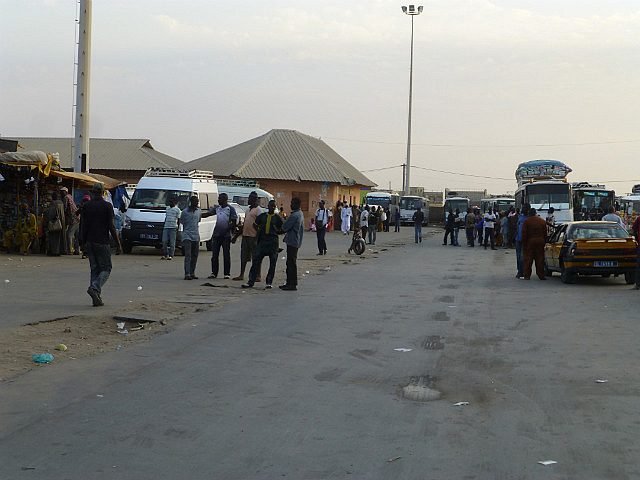
Comments